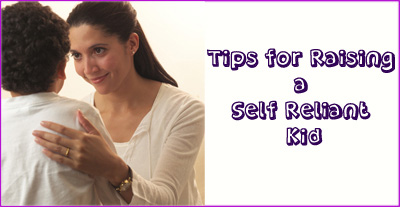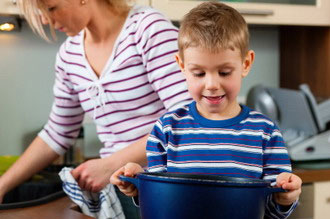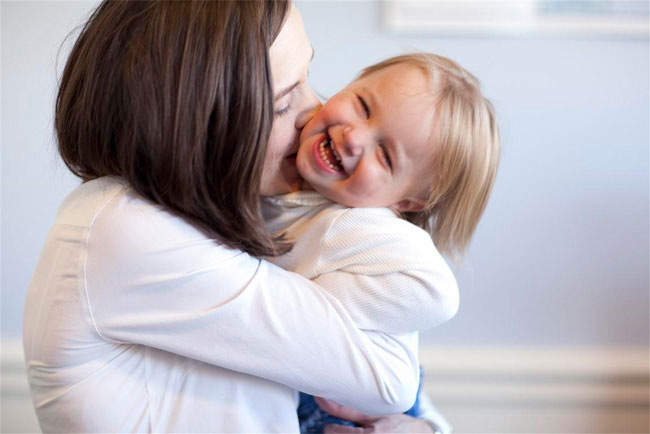Children have to learn how to solve problems on their own. Problem solving skill is one of the most important life skills that parents should teach their children. It is believed that if you start teaching your child this life skill right from the preschool time and help him develop during his teenage, you will help him make healthy decisions himself later in life.
Problem solving is a process that includes a number of steps and to learn it, it needs instruction and practice. However, there are some steps and a simple strategy that you can teach your children for solving everyday problems.
Steps to Solve Problems
Approach to a problem and for its solution could be different, but it is generally agreed that basic components of problem solving are:
- Defining the problem
- Identify the potential solutions
- Evaluate each alternative solution
- Select the best and most suitable solution
- Implement the chosen solution
- Evaluate results
- If results does not sound satisfactory, select the second best solution
Adults do not often need to go through the steps because we automatically do it and solve the problem eventually. However, kids should be taught to follow the steps so that with time they do not need to do that. The best thing about these steps and following them is that even kids of
learning disabilities can grasp this process well.
Why Kids Need to Learn Problem Solving Skills
Just like adults, kids also face a lot of problem every day. Once they learn the skill of solving problems, they develop better decision making skills in life. Kids who do not have these skills either avoid trying anything new and resolve the issue or react impulsively without considering other choices.
Teach Kids How to Assess Problems
You need to talk to your kids if you want to teach them evaluate problems. Kids should understand and identify the problem first and only then they will be able to evaluate and look for solutions. Once this is done, teach them how they can work out several solutions to one problem. Do not forget to discuss the pros and cons of each solution because kids should know about the consequences of their
behaviours.
Discuss Problems Actively
If you find your child facing any problem, do not rush to help your child immediately. Even if you find that your child is struggling, let him figure out some solution. Discuss the problem with him and try to work together to reach for an agreed solution. Always make sure that you
praise your child when he sorts out a good solution. Even if he tries to figure out some, you should boost his confidence.
Give Space and Allow for Natural Consequences
Even though this might not sound good for many of you, but it is important to allow your child to opt for solution and face the negative consequences. Just make sure that they are not affecting
safety concerns of your child. On the other hand if you will allow your child to follow his decision, the consequences will help him take better decision next time.
Problem solving is not about learning by heart about the facts that we teach children. It is about using the ability to think judgmentally using one’scommon sense and think creative while using and applying facts when solving problems. This will enhance your child’s ability to learn and think and make him feel confident in life.
What kind of problems can children face? Can children solve their problems on their own? Why do children need help of parents to solve problems? Discuss here. 






























